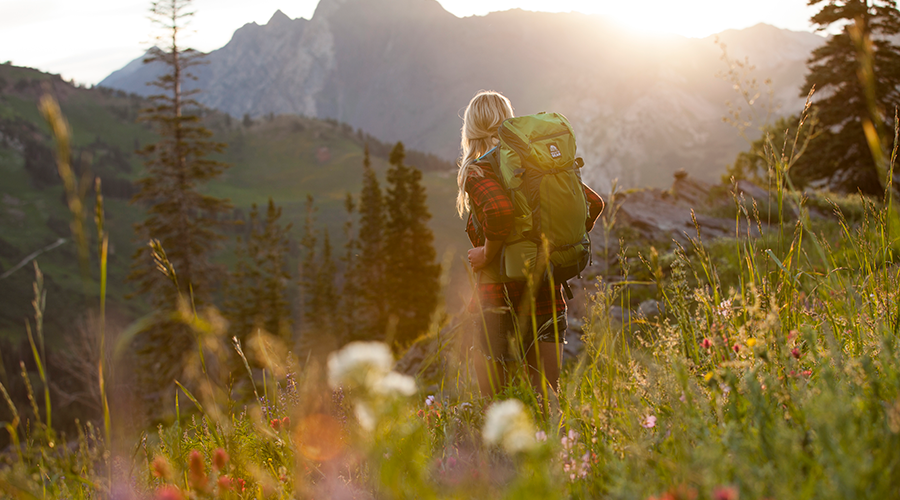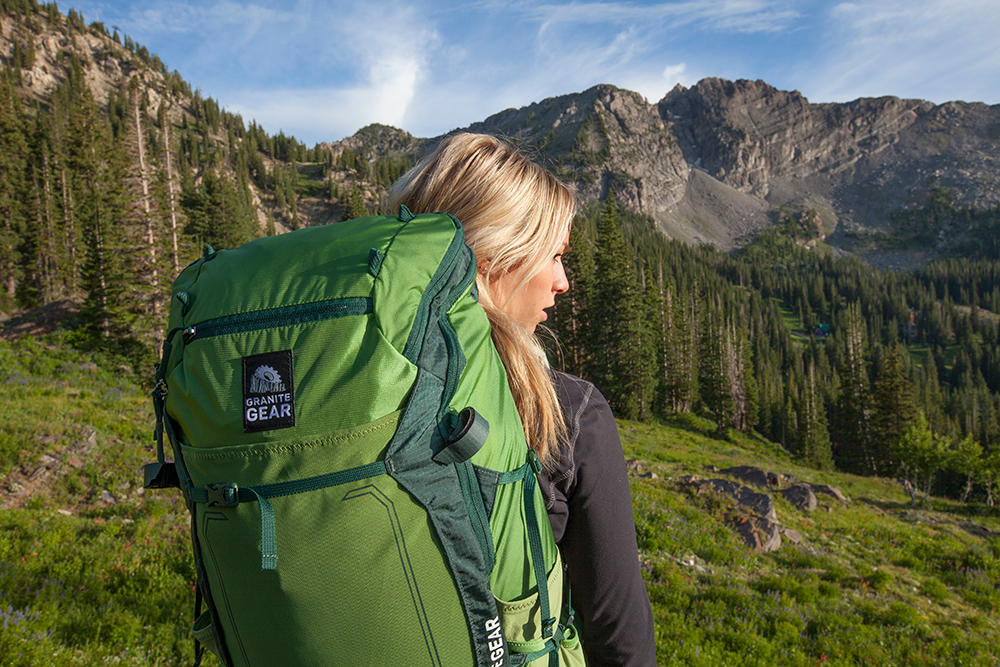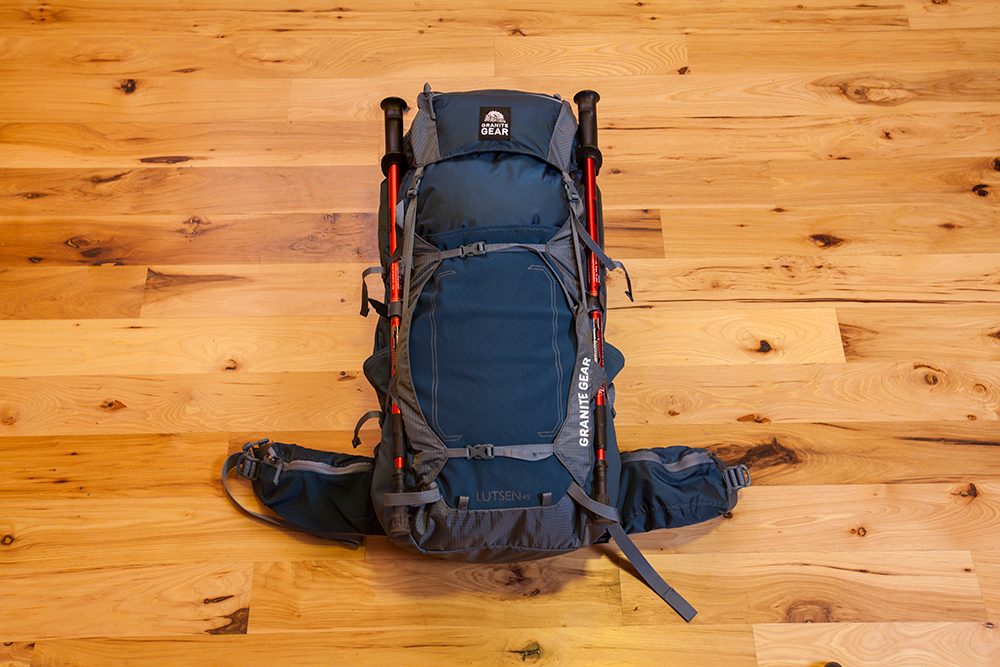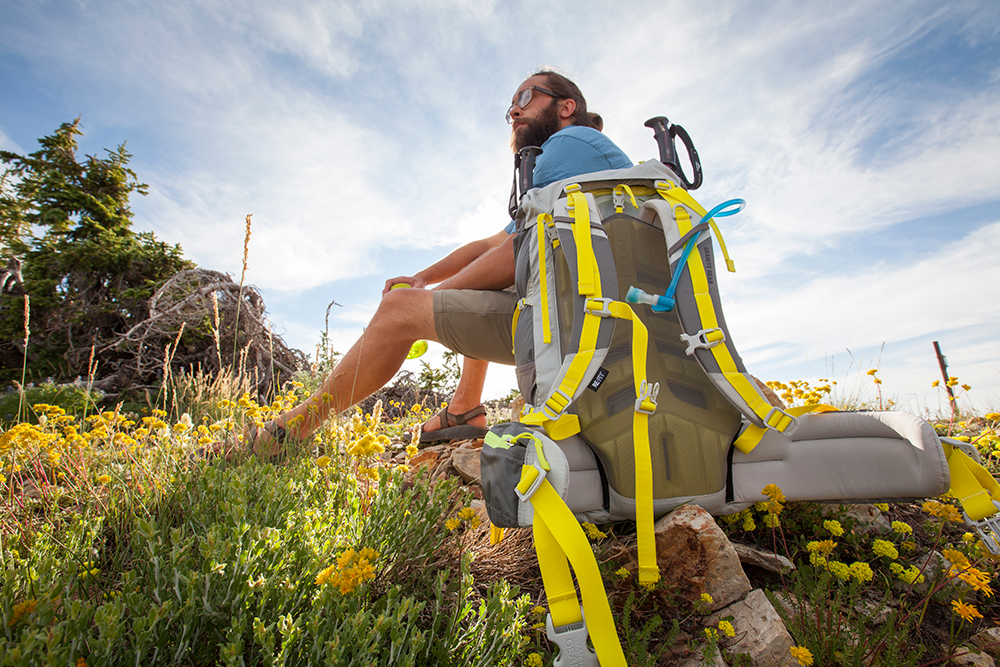Brands broaden their consumer view while tightening their designs.
By David Clucas
Backpacking saw a bit of upswing in 2016 thanks to flurry of media coverage over the past few years — whether it be the movies like “Wild” or a “A Walk in the Woods” or the National Parks celebrating their 100th birthday.
At the same time, the activity — like so many others in the active-lifestyle space — has become more social and in tune with a diversity in people and and personal style preferences. The old picture of a backpacker as a loner male in woods is evolving to include more women, more youth and more fun. And while lightweight is still important, comfort and fit are the top consumer demands these days.
Here are top trends we scoped out at Outdoor Retailer Summer Market coming to retail shelves in 2017:
She’s A Backpacker
Here at SGB, we’re pretty lucky to have the Colorado Rocky Mountains right in our backyard. That means easy weekend access to some of the best backpacking in the world, and we make sure to take advantage of it. The No. 1 encouraging trend we noted on the trail this summer — a lot more women backpacking. In numerous cases, we counted more females on the trail than males, and it was a trend we noted across the age groups — young and old.
And pack brands are responding with major improvements in women’s pack fits and functionality, way beyond the old days of just making a pack smaller.
“Fitting women is a challenge because our bodies have more complex curves than men,” said Cassie Tweed, design director for Osprey Packs. “We are typically shorter than men, but we are not necessarily carrying less gear. So the pack needs to be smaller, carry the same amount of stuff, and needs to hug more complex forms.”
Custom Fit
The focus on creating truly unique packs for women has also spurred a general movement toward highly customizable pack fits for all body types. Men, too, can vary in shapes and sizes, Tweed pointed out.
Even for one individual, his or her weight may fluctuate over time, or even during a week backpacking, said Michael Meyer, senior director of design and development at Granite Gear.
“We are seeing quick and simple adjustability for a custom fit as being a growing trend this year and continuing in the next few years,” he said. “The ability to quickly fit a pack to yourself, or to later fit the same pack to another user, is super important. It provides that high level of customization, versatility and comfort.”
Adjustable torso lengths and hip/waist belts have been around for some time, but the mechanisms have gotten easier adjust on the fly and lighter in structure, he said. Designers have also improved the carry touchpoints on packs so that they better hug the user at any size while also being more breathable.
Smart Weight Over Lightweight
No doubt, people still want lightweight outdoor packs, but a majority of consumers aren’t chasing grams to the point of sacrificing comfort, suspension and durability, said John Sears, vice president of design and development at Gregory Mountain Products.
“They want to shoot the gap between bare-bones ultra-light and a downright plush pack-wearing experience,” he said. “It’s about smart weight over lightweight.”
What that means is that features like extra pockets, straps or comfort suspension aren’t removed, but rather redesigned to be more lightweight, non-intrusive or serve double duty, like a hydration sleeve that transforms into a summit pack.
Sleek and Simple
The above fits into another overall trend in that tomorrow’s packs are offering simpler and more streamlined aesthetics, Meyer at Granite Gear said. There’s not a lot dangling and flapping around.
“The completed look carries a monotone, single color scheme that gives the pack a more sophisticated and rich technical appearance,” he said, adding that even pack logos are becoming more discrete, “begging consumers and fellow pack designers alike to ask: ‘what pack brand is that?’”
Those sleek and simple designs have been a staple in the climbing world for some time at brands such as Black Diamond, so the goal for that side of the sport is how to further innovate. Quick-and-easy main entry access — sans zippers and beyond just the simple drawstring — is one advancement Black Diamond Designer Tom Franke showed us at Outdoor Retailer. And those lightweight pack materials continue to get lighter and stronger thanks to “ultra-high-molecular-weight polyethylene” fabric, he said. The long-chain chemistry is stronger and more resistant to abrasion than other thermo plastics.
Along with that tech boost, Sears at Gregory also sees a lot more blending of softgoods looks in in packs — similar to footwear, he said — helping usher in more personality and lifestyle, and shedding the image of a pack as just a piece of hardgoods equipment.
New manufacturing techniques are being used to achieve this, said Bergans USA Marketing Manager Byron McCann. “Weaving strong, lightweight thread with soft, durable thread will enable pack manufacturers to get the best of both worlds – a durable fabric with a soft hand,” he said
Tweed at Osprey agrees, “I think you’ll see the continuation of technical packs evolving toward less techy-looking and less techy-loaded products to be more simplified and more refined designs. Fashion is influencing colors and fabrics, and the cultural trend of throw-back, durable, and only-what’s-needed will also continue to influence pack designs all around.”
Versatile Haulers
While next year’s pack designs espouse simplicity, they aren’t just one-trick ponies.
Pack designers are well aware consumers are increasingly using their outdoor packs for travel, music festivals and other hauling needs. Part of that trend is what has driven those sleek designs in the first place — users don’t want to stick out in a crowd while wearing a large and loud pack.
“In the past, it was about these big technical packs with high volume and a lot of specific organization,” said Chris Grill, design manager for Kelty. There was a spot for your sleeping bag, tent, pad, etc. “Today’s streamlined packs provide more flexibility and functionality. There’s a core feature set for an outdoor pack, but you also leave more open to interpretation and varied use by the user.”
Grill said designers are also taking more inspiration from other outdoor activities such as surf and skate. “The industry as a whole is trying to be more inclusive than exclusive,” he said. “I don’t think it’s a bad thing to support these other outdoor demographics.”
Meyers said the trend for versatility is all part of a shift as millennials become a major buying force in the economy. They’re interests are varied, so too should be their gear.
“They are looking to stretch their dollar further,” he said. “Some consumers want the best of the best, as far as technicality, but it seems that younger consumers, especially the millennial audience, are attracted to solid and simple gear at more affordable price-points.”
That should not be confused for a demand of cheap gear, Meyers stressed. “Quality of materials, design, and workmanship” remain top priorities for the demographic.
Photos courtesy Granite Gear













